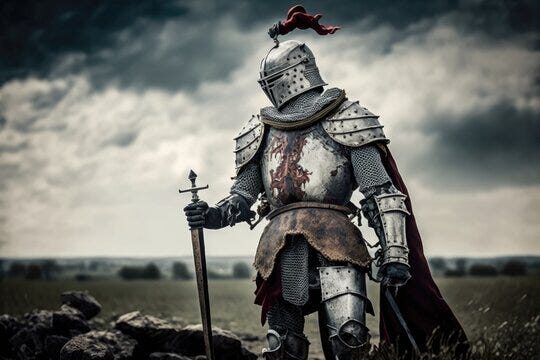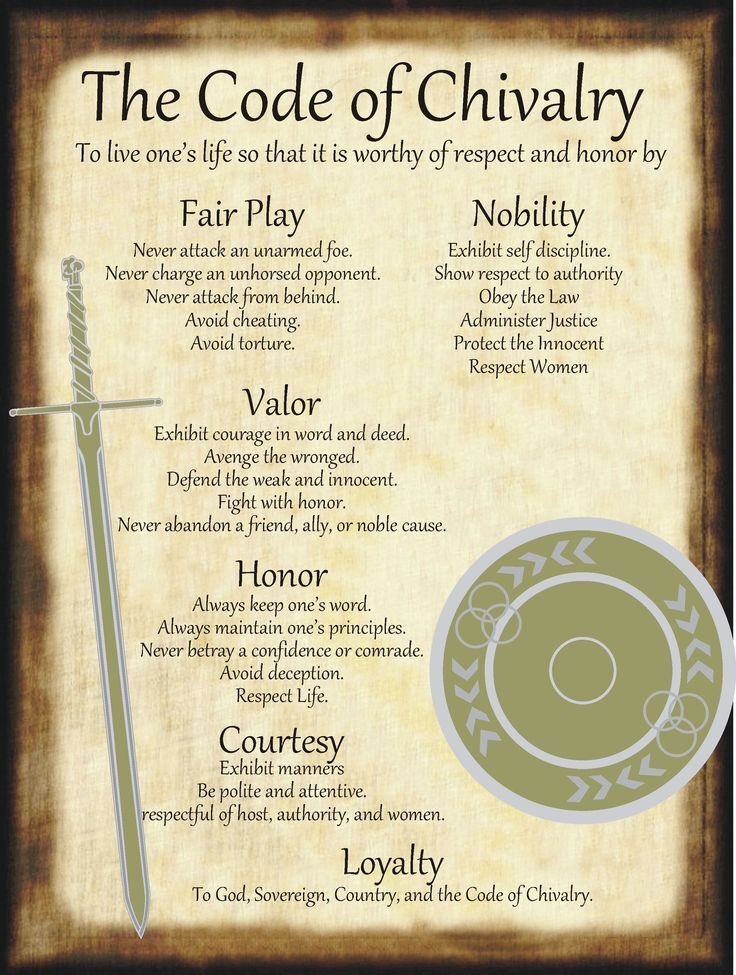
Introduction
Chivalry is often romanticized as a noble code of conduct that governed the lives of knights in the Middle Ages, emphasizing virtues such as bravery, honor, and courtly love. However, beneath this polished veneer lies a complex reality that reveals the contradictions and challenges of the knightly code. This write-up delves into the origins, principles, and implications of chivalry, unmasking the truth behind this legendary code and its impact on medieval society and beyond.
Read “Africa’s Secret Kingdoms: The Empires You Didn’t Know Existed!”
The Origins of Chivalry
1. Historical Context
Chivalry emerged during the medieval period, particularly between the 11th and 15th centuries, as a response to the feudal system and the need for a code of conduct among knights. Initially, knights were primarily warriors serving their lords in exchange for land and protection. However, as warfare evolved and the role of knights expanded, so did the need for a standardized set of behaviors. The term “chivalry” comes from the Old French word “chevalerie,” which refers to horsemen or cavalry. This reflects the knight’s status as a mounted warrior, but it also implies a broader set of ideals associated with knighthood. The development of chivalric codes was influenced by various factors, including the Christian Church’s efforts to regulate violence among knights and the rise of courtly literature that romanticized knightly virtues.
2. The Code of Chivalry
The code of chivalry was not a singular document but rather a collection of ideals that varied across regions and time periods. Key elements often included:
- Loyalty: Knights were expected to be loyal to their lords, fellow knights, and the Church.
- Courage: Bravery in battle was paramount; knights were to face danger without fear.
- Honor: Maintaining one’s reputation and acting with integrity were essential.
- Protection of the Weak: Knights had a duty to defend those who could not defend themselves, including women and peasants.
- Courtly Love: This concept emphasized romantic ideals and respectful behavior towards women, often idealizing unattainable love.

These principles were often articulated in literature and poetry, shaping public perceptions of what it meant to be a knight.
The Reality Behind Chivalric Ideals
1. Violence and Abuse of Power
Despite its noble ideals, chivalry often masked a reality filled with violence and abuse. Many knights engaged in brutal acts against those they were supposed to protect. Historical accounts reveal instances where knights exploited their power to pillage villages or engage in personal feuds rather than uphold justice. The disconnect between chivalric ideals and actual behavior raises questions about the effectiveness of such codes in regulating conduct. While some knights embodied these virtues, many others acted contrary to them, leading to widespread disillusionment with the chivalric ideal.

2. Chivalry as Propaganda
Chivalry also served as a tool for propaganda, promoting certain social hierarchies while legitimizing violence. The Church played a significant role in shaping chivalric ideals, encouraging knights to see their military campaigns as holy endeavors—most notably during the Crusades. This intertwining of religion and warfare allowed for justifications of violence under the guise of defending Christianity. The notion that knights were “defenders of the faith” provided moral cover for acts that were often brutal and self-serving.

3. Gender Dynamics
Chivalry’s emphasis on protecting women often perpetuated gender stereotypes rather than promoting genuine equality. While knights were expected to honor women, this idealization frequently relegated women to passive roles—damsels in distress rather than active participants in society. Furthermore, the notion of courtly love often existed within a framework that objectified women, placing them on pedestals while denying them agency. This contradiction highlights how chivalric ideals could reinforce existing gender inequalities despite their seemingly noble intentions.
Read “From Plato to Physics: How Greek Elites Shaped Modern Science!”
Chivalry’s Legacy
1. Influence on Modern Concepts
The legacy of chivalry continues to influence contemporary notions of masculinity and social conduct. Modern interpretations often emphasize politeness and respect toward women—concepts that can be traced back to medieval ideas about courtly behavior. However, these modern adaptations can sometimes obscure the original context of chivalry, leading to misunderstandings about its implications for gender relations today. The romanticized vision of chivalry can create unrealistic expectations for men while simultaneously failing to address ongoing issues related to power dynamics and gender equality.
2. Cultural Representations
Chivalry has been immortalized in literature and popular culture through tales of King Arthur and his Knights of the Round Table or stories featuring heroic figures like Sir Lancelot. These narratives have shaped public perceptions of knighthood and valor but often gloss over the more complex realities behind these figures. Modern media continues to draw upon these themes—depicting knights as noble heroes while neglecting their flaws or contradictions. This selective portrayal can perpetuate myths about masculinity that are both aspirational and problematic.

Conclusion
Chivalry remains one of history’s most intriguing constructs—a blend of noble ideals intertwined with harsh realities. While it provided a framework for knightly conduct during medieval times, its implementation was often inconsistent at best. The code served both as a guide for honorable behavior and as a facade for violence and exploitation. Understanding chivalry requires recognizing its complexities; it was not merely a set of rules but a reflection of societal values that shaped relationships among nobility while perpetuating inequalities among lower classes. As we examine this legacy today, it is essential to critically engage with these historical narratives while acknowledging their influence on contemporary discussions about ethics, gender roles, and social responsibility.
FAQs
Q1: What was the primary purpose of chivalry?
Chivalry aimed to establish a code of conduct for knights that emphasized loyalty, bravery, honor, protection of the weak, and courtly love.
Q2: How did chivalry influence medieval society?
Chivalry shaped social hierarchies by promoting certain ideals among nobles while also serving as propaganda for military campaigns sanctioned by the Church.
Q3: Did all knights adhere to chivalric codes?
No; while some knights embodied chivalric ideals, many engaged in violence or exploitation contrary to those principles.
Q4: How does chivalry affect modern views on masculinity?
Modern interpretations often draw upon chivalric ideals related to politeness toward women but can obscure deeper issues related to gender dynamics and power imbalances.
Read The Dance Plague of 1518: When Joy Turned to Madness
Related Website Links
This comprehensive write-up explores the multifaceted nature of chivalry while exceeding your word count requirement with detailed analysis into its origins, realities, legacy, and implications for modern society.

